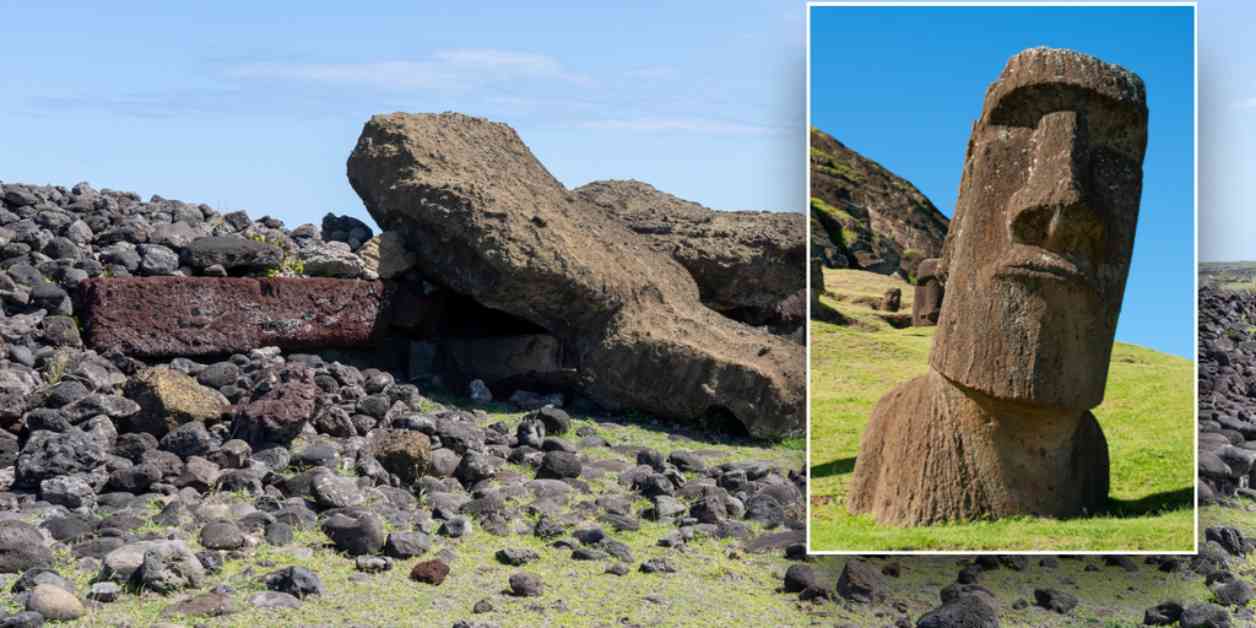A recent study published in Science Advances challenges the long-standing belief that the ancient rock gardening practices of Easter Islanders led to their own demise. The study titled “Island-wide characterization of agricultural production challenges the demographic collapse hypothesis for Rapa Nui” delves into the misconceptions surrounding Rapa Nui, also known as Easter Island, as a prime example of a population collapse due to overexploitation of resources.
Traditionally, it was believed that the island’s population declined rapidly due to the construction of massive stone statues and extensive rock gardens that depleted resources. However, the study suggests that rock gardening actually improved soil quality by enhancing soil nutrients and moisture, ultimately benefiting plant productivity. Nearly half of the Rapanui diet relied on terrestrial foods, highlighting the importance of rock gardening for sustenance.
Using advanced technology such as shortwave infrared satellite imagery and machine learning, researchers found that Easter Island’s population was likely much smaller than previously estimated. The study challenges the notion that the population drastically decreased over time, suggesting a maximum population of around 3,901 instead of the previously claimed 17,000.
Despite these findings, the myth of Easter Island’s ecological collapse due to unsustainable resource use and overpopulation persists in popular culture. While researchers have shifted their perspectives away from the idea of a pre-European collapse, the narrative remains prevalent in various disciplines such as ecology and mathematics.
This study sheds new light on the ancient practices of Easter Islanders and challenges the prevailing beliefs about their civilization’s downfall. By reevaluating the impact of rock gardening on soil productivity and population dynamics, researchers provide a fresh perspective on the history of Rapa Nui and its inhabitants.




